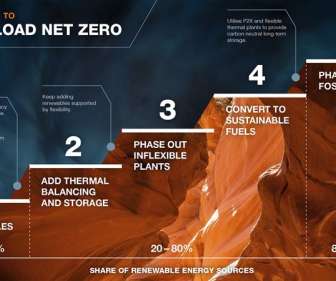Wärtsilä report finds accelerated adoption of renewables can reduce electricity production costs by up to 50%
Green Car Congress
OCTOBER 11, 2021
The Front-Loading Net Zero report states that electricity production costs could be reduced by up to 50% by 2050 if countries and states adopt 100% renewable systems faster than currently planned. The report says that carbon neutral systems can provide cheaper electricity compared to current fossil-fuel-based systems.












Let's personalize your content